From boxwood and yew to blue spruce and viburnum, there’s something for everyone when selecting the perfect accompaniment plants for the lovely Bobo hydrangea. Here are some of the best choices if you’d like an extra splash of color or texture in your yard.
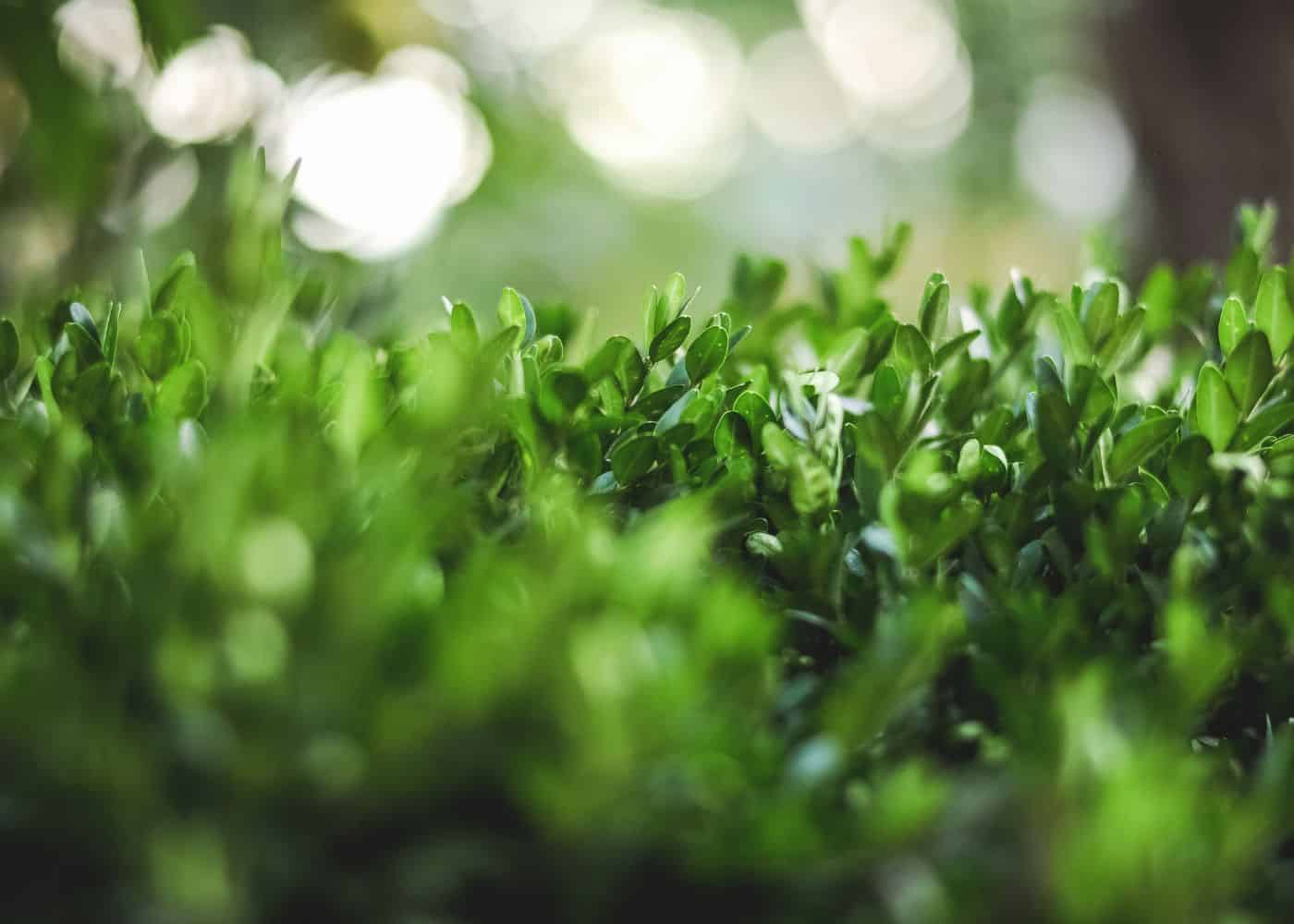
1. Boxwood
Boxwood is an evergreen shrub that makes a great companion for hydrangea. It’s easy to care for and can be pruned into different shapes, making it a versatile addition to any garden. Boxwood grows best in full sun or partial shade and needs regular watering during the summer months.
When planting boxwood, choose a spot with well-draining soil that receives at least four hours of sunlight daily. Planting too deep will cause root rot, so make sure you plant your boxwoods at the same depth they were growing in their nursery pot. After planting, water thoroughly and mulch around the base of the plant to help retain moisture and protect against weeds.
Caring for boxwoods is relatively simple but requires regular maintenance throughout the year if you want them to look their best. Pruning should be done twice a year – once in late winter/early spring before new growth begins and again after flowering has finished in mid-summer (if applicable). Prune lightly by removing only one-third of new growth each time; this will keep your plants looking neat without damaging them too much or causing excessive stress on the root system.
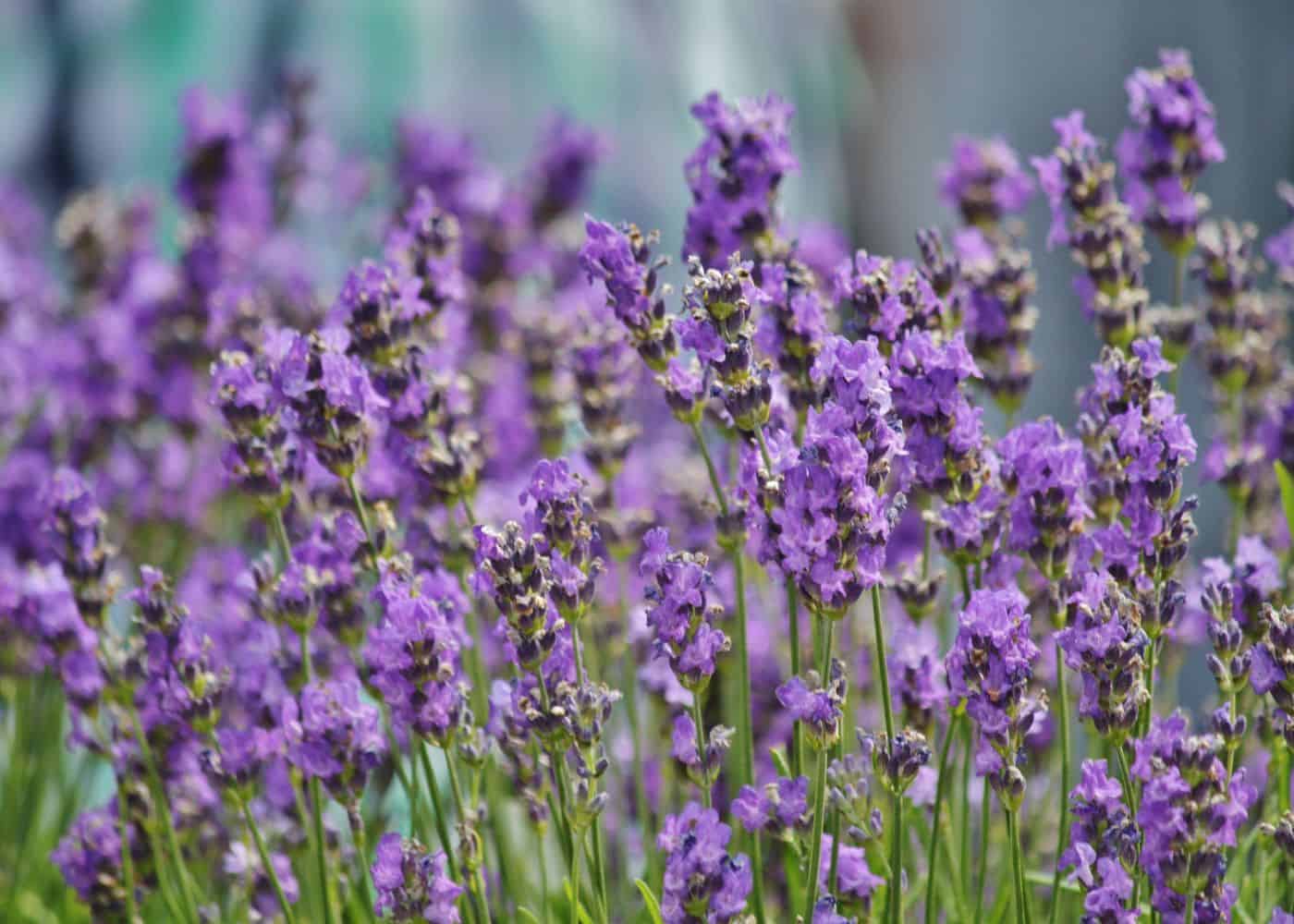
2. Lavender
Lavender is a beautiful and fragrant flowering plant that has been used for centuries in gardens worldwide. It’s an easy-to-grow perennial with many uses. Lavender can be grown as an ornamental or for its essential oils, which are used in aromatherapy and cosmetics.
There are hundreds of varieties of lavender available, ranging from dwarf plants to tall shrubs. Each variety has different characteristics, such as flower color, fragrance intensity, and growth habit.
When planting your lavender, choosing a sunny spot with well-draining soil is important. Amend the soil with compost before planting to ensure good drainage and water retention. Planting should take place in early spring when temperatures are still cool but not freezing cold; this will give your plants time to establish themselves before the summer heat arrives. Space each plant 12 inches apart so they have room to grow without crowding one another out.
Lavenders pair nicely with other sun-loving perennials such as bobo hydrangea (Hydrangea macrophylla ‘Bobo’), rosemary (Rosmarinus officinalis), and yarrow (Achillea millefolium). These companion plants help retain moisture in the soil while providing additional interest throughout the garden bed!
You can harvest fresh flowers for use in potpourri or dried arrangements by cutting individual stems just above where leaves meet stem – cut on an angle for best results. To dry flowers, hang bunches upside down in a warm, dark area away from direct sunlight until fully dry; this usually takes about two weeks, depending on humidity levels.
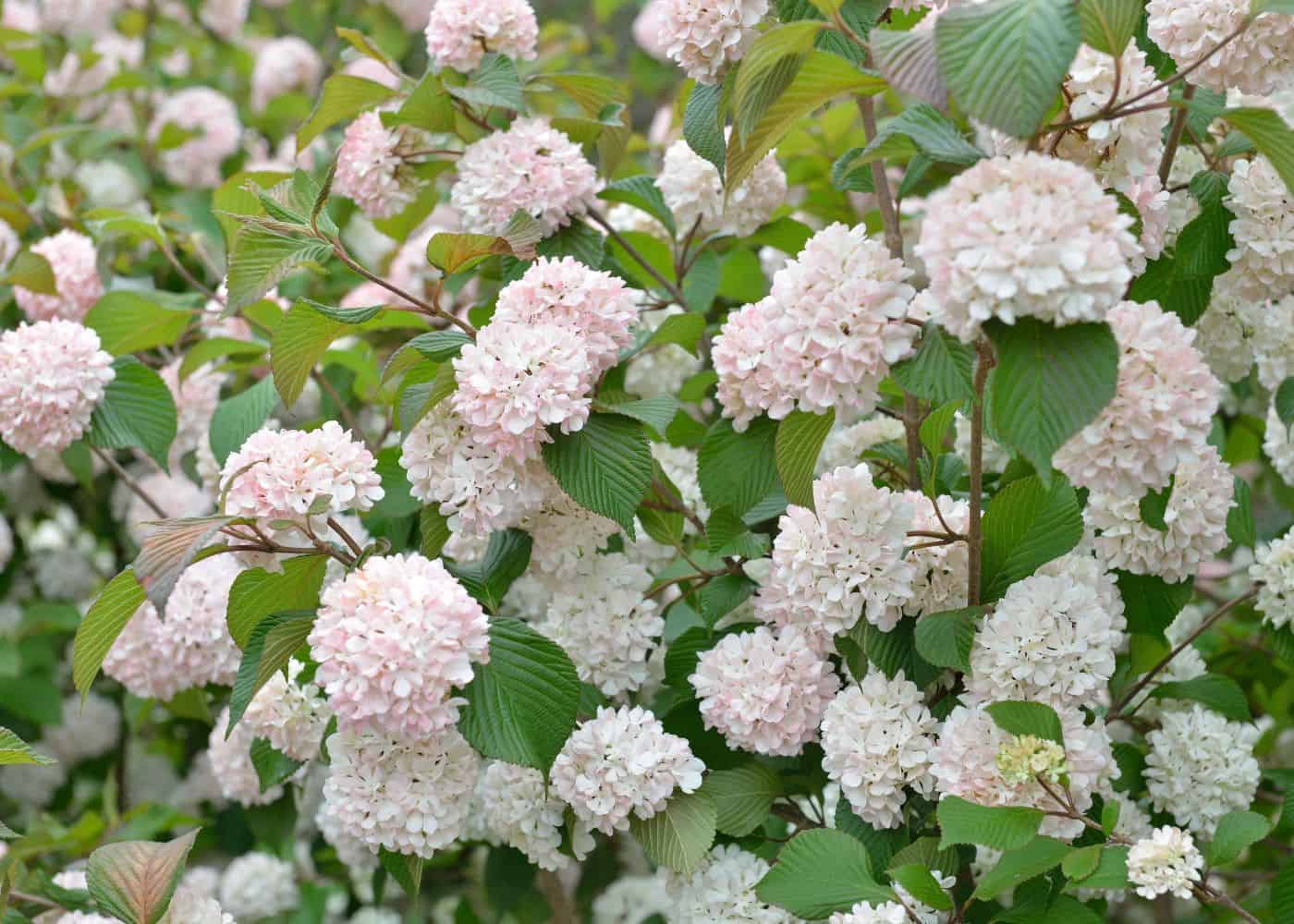
3. Viburnum
Viburnum is a beautiful flowering shrub that blooms in the springtime and makes an attractive companion plant for Bobo hydrangea. It’s low-maintenance, requiring only occasional watering during dry spells. Viburnum can thrive in full sun or partial shade, depending on the variety you choose.
This versatile shrub comes in many shapes and sizes, from small bushes to tall trees. The flowers range from white to pink to red, depending on the species. Viburnums are also known for their fragrant scent that fills your garden with sweet aromas when they bloom each year!
Viburnums make excellent hedges because they grow quickly and stay lush all season long. They can be planted along walkways or driveways as well as around patios and decks to create a private oasis within your own backyard space. You can even use them as borders between flower beds or vegetable gardens if desired!

4. Yew
Yew is a great evergreen shrub to add to your garden. Its dark green color provides an excellent backdrop for other plants in the garden, and it can be used as a hedge or screen. Yews are very hardy and can tolerate most soil types, including clay soils. They also have good drought tolerance once established.
Yews require little maintenance, making them ideal for busy homeowners who don’t want to spend too much time tending their gardens. Pruning should only be done when necessary; yews respond well to pruning, so you won’t need to worry about over-pruning or damaging the plant if you trim it back occasionally.
When choosing a yew variety for your garden, consider how large the plant will grow and what shape you’d like it to take on eventually – some varieties grow into tall trees while others stay low and bushy with minimal pruning required. Yews come in many different shapes and sizes, so there’s sure to be one that fits perfectly into your landscape design plan!
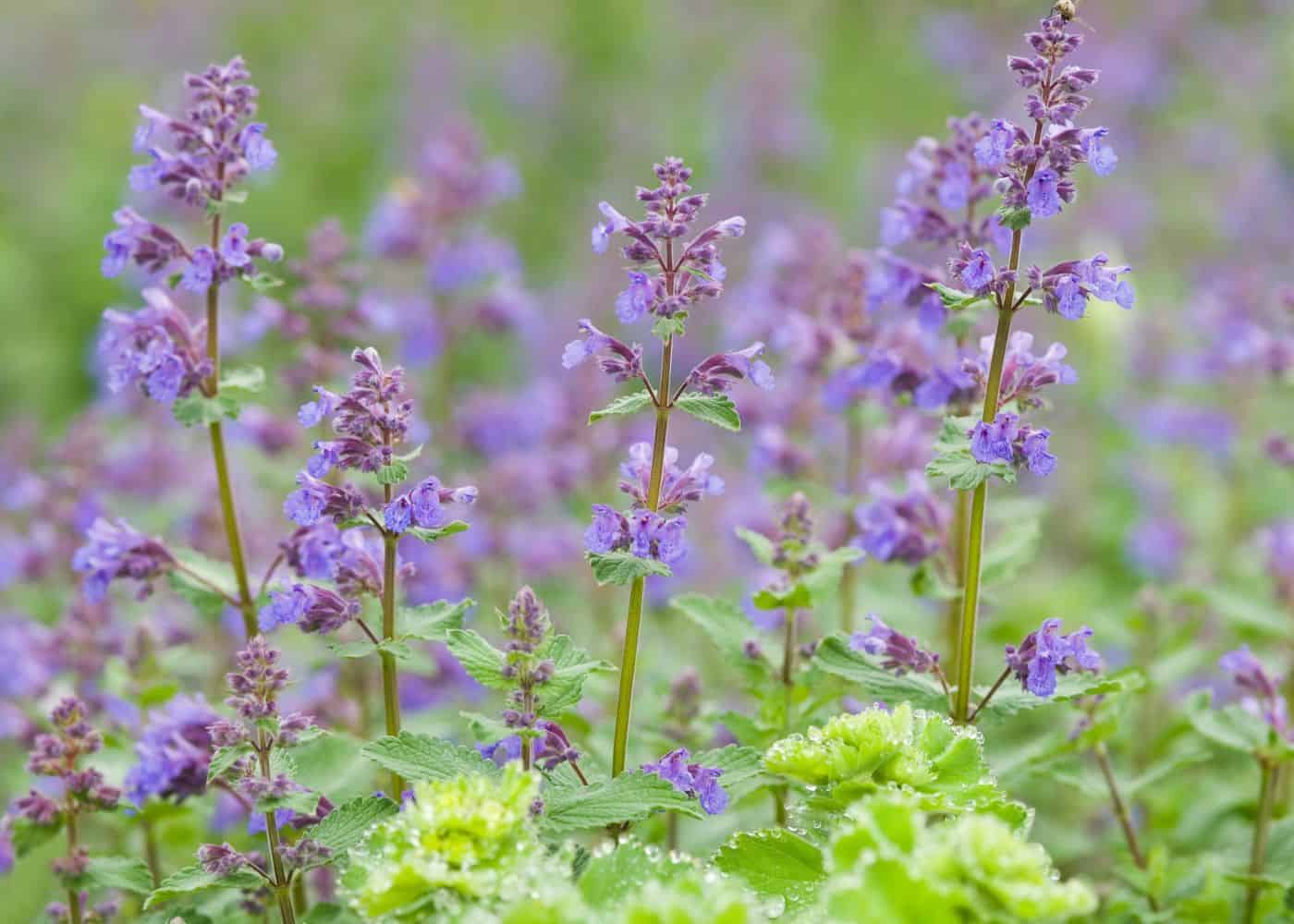
5. Catmint
Catmint (Nepeta) is a great low-growing perennial for around the base of bobo hydrangea or other shrubs. It’s an attractive, easy-to-care-for plant that blooms in late spring and early summer with lavender flowers. The foliage has a pleasant minty scent when touched, making it a nice addition to any garden.
Catmints grow best in full sun and well-drained soil but can also tolerate some shade. Once established, it requires little maintenance and will spread quickly if given enough space. Pruning back after flowering will help keep its shape and encourage more blooms later on in the season.
In terms of pests and diseases, catmints are generally resistant to most common problems, such as powdery mildew or aphids. However, slugs may be attracted to the soft leaves, so you may want to take precautions against them if they are present in your area.
When planting catmint near other plants, make sure there is adequate spacing between them, as this plant tends to spread quite rapidly over time due to its rhizome’s underground root system. This can cause overcrowding, leading to disease or pest infestations down the line, so be mindful of how much room you give each plant when planting out.
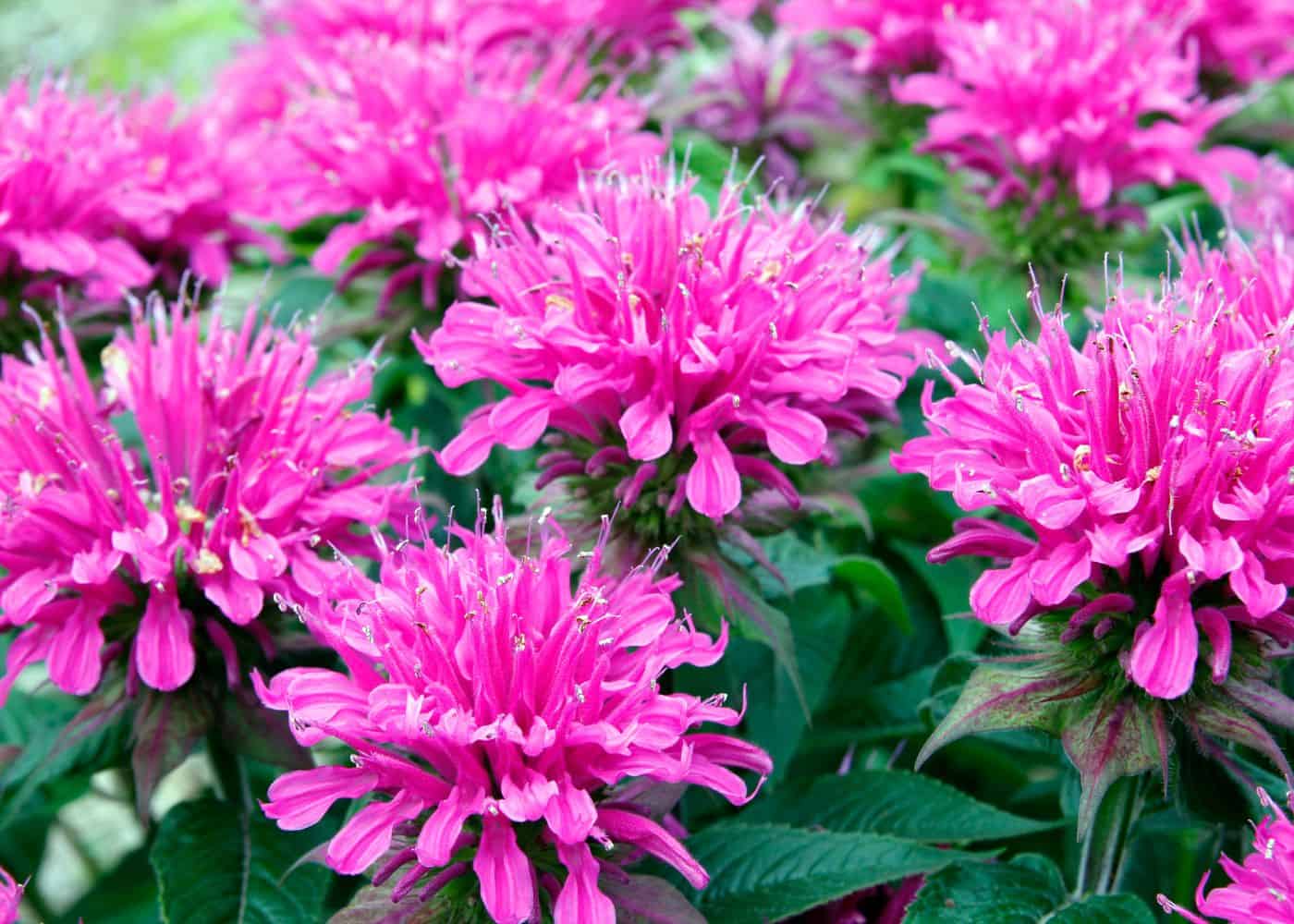
6. Bee balm
Bee Balm is an easy-to-care-for herbaceous perennial that will add a pop of color to your garden. It produces fragrant flowers in shades of pink, purple, red, or white from late spring through early fall and requires only occasional watering during dry spells. Bee balm prefers full sun but can also do well in partial shade if given enough water during hot weather months.
To get the most out of your bee balm plants, giving them the right amount of light and water is important. If you live in a sunny area with regular rainfall, then full sun should be fine for your bee balms; however, if you live in an area with hotter summers or less rain than usual, then partial shade may be better for them as they won’t need as much water when temperatures rise. When planting bee balms, make sure to leave some space between each plant so they have room to grow without overcrowding each other.
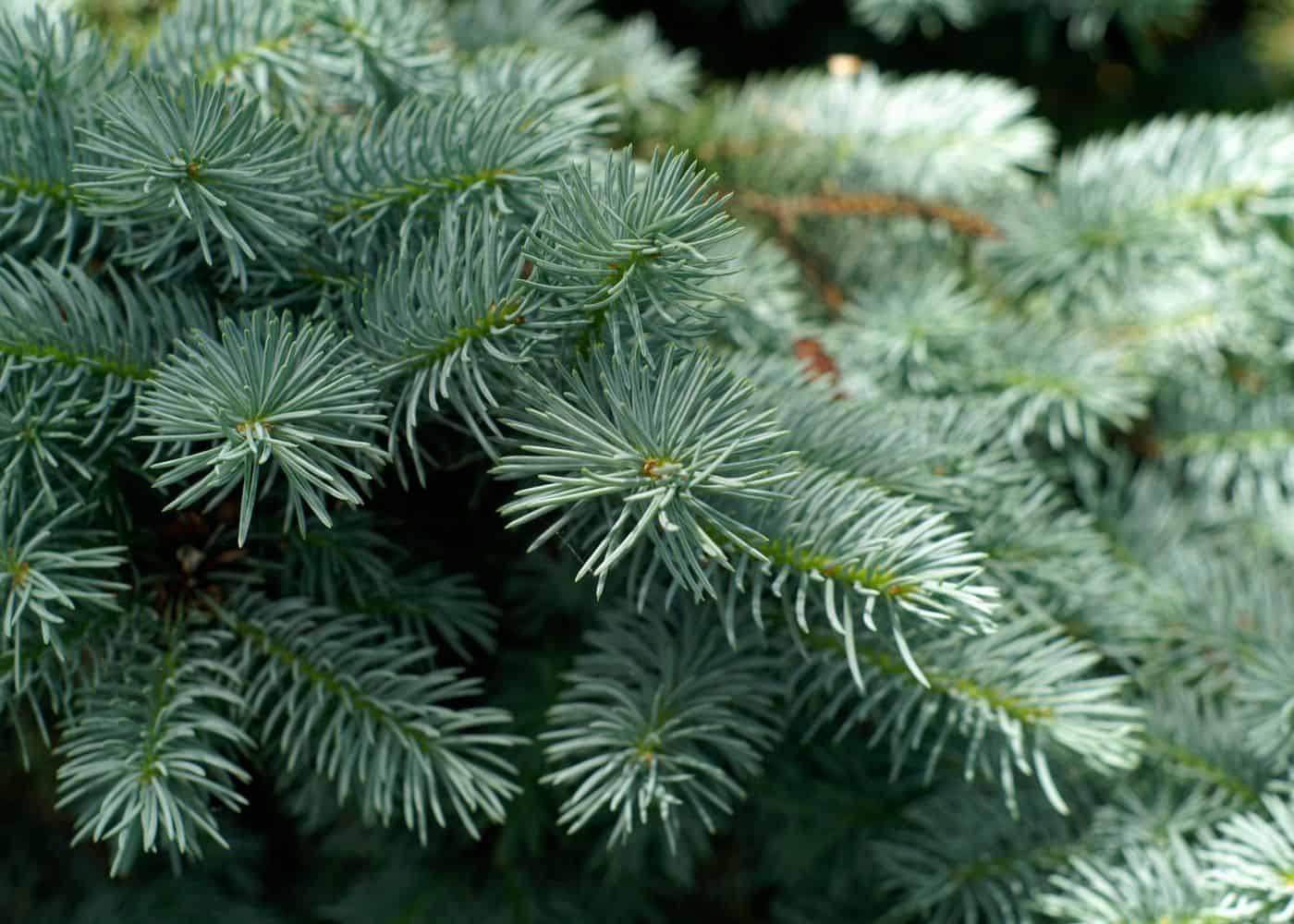
7. Blue spruce
Blue spruce is a beautiful coniferous tree that can add a touch of elegance to any garden. It’s hardy and easy to care for, making it an ideal choice for busy homeowners who don’t have the time or energy to devote to extensive gardening.
This evergreen tree prefers full sun but will also do well in partial shade, so you can still enjoy its beauty even if your garden doesn’t get much direct sunlight. Blue spruce requires occasional watering during dry spells, but other than that, it needs little maintenance – just prune away dead branches occasionally and keep an eye out for pests like aphids or spider mites.
When planting blue spruce trees, make sure they’re spaced far enough apart so they have room to grow without crowding each other out. Plant them alongside shrubs such as Bobo hydrangea or viburnum, which will provide contrast and texture while helping the soil retain moisture. You could also plant perennials, such as daylilies, around the base of the trees for added color and interest throughout the year.

8. Daylily
Daylilies are a beautiful and easy-to-care-for perennial flower that can add color and texture to any garden. They come in many different colors, shapes, sizes, and bloom times, making them perfect for creating a unique look in your garden.
Daylilies require minimal care once established. They prefer full sun but will tolerate partial shade as well. The soil should be kept moist but not soggy; water deeply once or twice per week during dry spells. Fertilize daylilies with an all-purpose fertilizer every spring before they start blooming to ensure healthy growth throughout the season. Deadheading spent flowers is important to encourage more blooms; simply snip off the old flowers at their base when they begin to fade away from the center of the plant.







